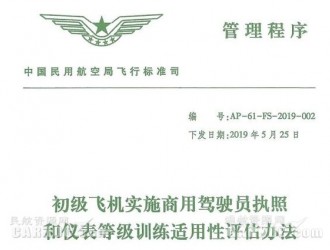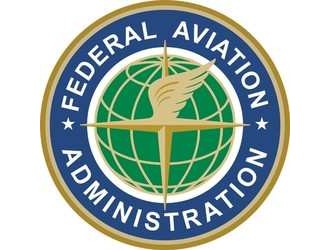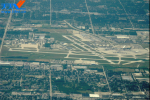
“It has been a difficult seven or eight years with the European economic recession, and our airlines have had to reinvent themselves,” he acknowledged. “So the ones we have in membership now are the ones that have done things right.”
Apart from the “big five” airline groups (KLM Air France, Lufthansa, IAG, EasyJet and Ryanair) 138 carriers held AOCs in Europe this time last year; that number has declined to 116, said McNamara, who pointed to consolidation for the reduced number. ERA counts around half of these in its membership.
Such smaller carriers face some real challenges, not least of which remains access to the major European hubs, which McNamara describes as a “serious problem for everyone.” “We have plenty of airports and plenty of capacity but not at the major hubs,” he said. He added that Eurocontrol, which coordinates Europe’s en route traffic flows, has exacerbated the airport “capacity crunch” with a lack of new terminals and runways at the key airports—the most high-profile being London Heathrow and Gatwick airports. “It’s a growing industry and that needs to be supported by infrastructure,” he said, adding that London City stands as a rare bright spot after gaining permission to invest and grow again after some delays.
“This is one of our core policy areas and it ties in with slot allocation; the association wants to see its members’ slots protected as they are under the current “use it or lose it” rules. McNamara said that it would be unfair to have rules wherby “those with the deepest pockets get access through policies like slot auctioning.”
Turning to Brexit, the UK’s decision to exit the European unio at some point in the next two or three years, McNamara expressed some ambiguity. “The fog hasn’t cleared yet but it’s now one of the topics on our policy agenda,” he said. “It has the potential to be a very serious issue for air transport if it is not well managed…It’s very important that the UK and the European unio create a regulatory framework to ensure we’re as close to the status quo as possible. That’s the very clear message from our board too.”
He noted the advantages that deregulation of the EU market had brought to Europe’s economy, not least through lower prices that have driven growth, despite complaints from associations about the EU legislative system and the European Aviation Safety Agency. “The key message is that it’s a European and not just a UK issue,” he said. “But the implications are not really being talked about in Europe yet.”
Other key issues center on the environment, as EU emissions trading system remains in “stop the clock” mode, wher it applies only to intra-EU flights. It therefore disproportionately affects regional airlines because most of their routes are within the current 28-member-state EU.
He pointed to the International Civil Aviation Organization (ICAO) Assembly in late September/early October as a watershed moment for the proposed market-based mechanism “starting with a voluntary scheme and progressively getting more stringent.”
“The outcome of that will determine what the EU does with EU ETS,” he said. “[Meanwhile], we’ve been very clear that stop the clock has a very negative effect including a big administrative burden for European operators. Our policy is to replac the EU ETS with a global [ICAO] scheme and we’d like the EU to accept this [plan].”
Separately, the ranks of ERA’s associate membership includes the major manufacturers of regional jets and turboprops, and despite the slow world economy they have continued in recent years to develop their product families. “The regional space is a very vibrant market with lots of choice, including Embraer, Superjet International, Mitsubishi, Bombardier and ATR; there has been lots of innovation,” he said. “[However], we still have an issue particularly with sub-thirty seaters, and there is still a gap in the market despite it only being a small market.” He noted the existence of only the 328JET relaunch in that segment to offer operators something relatively modern, while the existing fleet continues to age. “We’ve seen a number of initiatives to keep older aircraft flying longer, such as the Dornier 328, Q200, Q300 and Jetstreams,” he pointed out.
AIN asked McNamara about relations with the U.S. Regional Airline Association, which he has made a point of nurturing after becoming ERA director general in January 2013. “We are still working closely with the RAA, behind the scenes mainly, exchanging information,” he explained. “So we know what is happening on both sides of the Atlantic. A good example would be what the FAA is doing with NextGen [the next-generation U.S. ATC system, equivalent to Europe’s SESAR].”
Finally McNamara commented on a so-called skills shortage, most notably the pilot shortage so acute in the U.S., wher new legislation on entry requirements has helped shrink the supply. “We don’t have the problems the U.S. is facing and we’re glad about that, but we have had pilots transferring to other markets, particularly on the turboprop side,” he noted. “But we’re going to look at this issue [more closely].”





